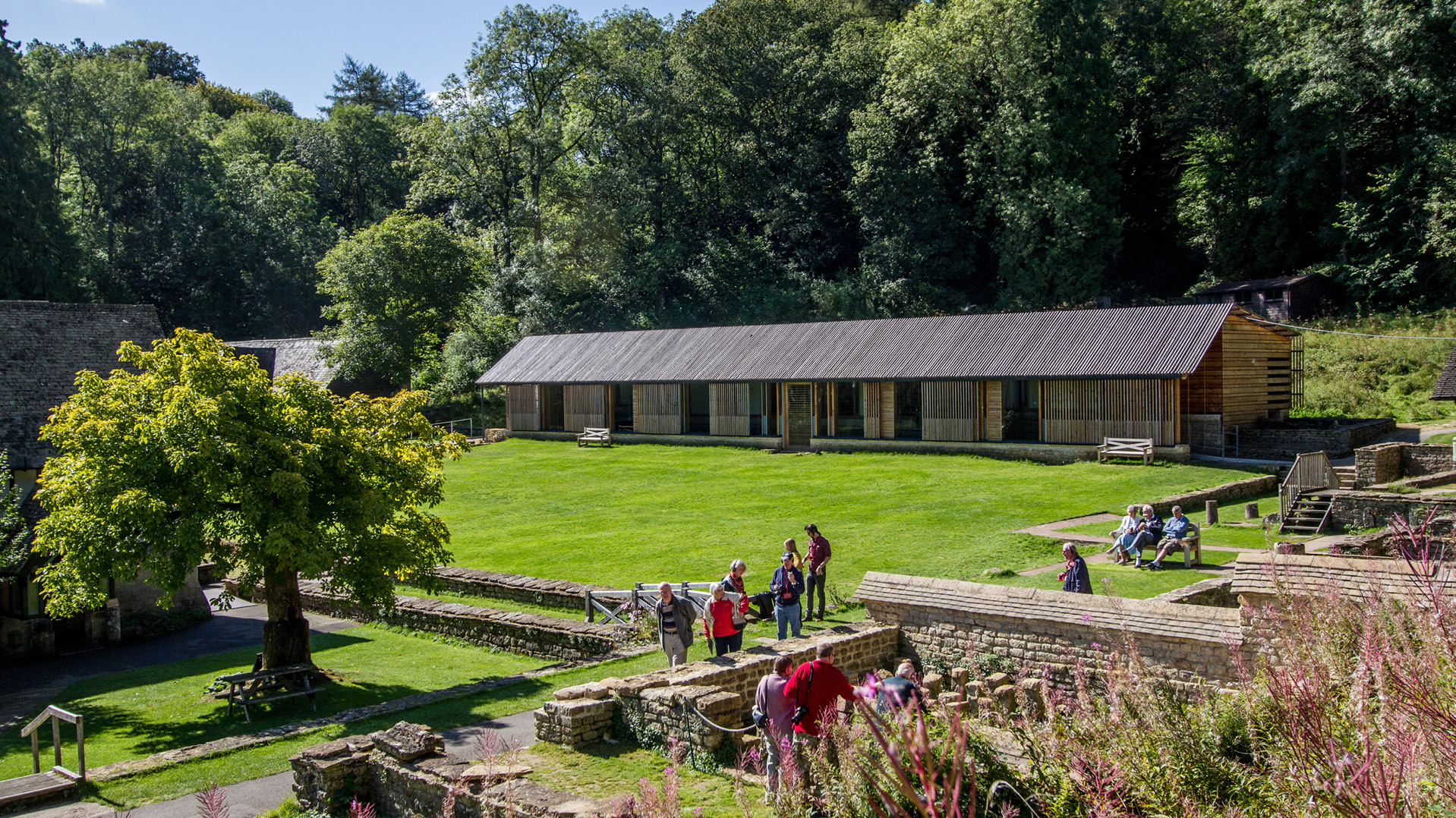When you approach Chedworth Roman Villa you are struck by many things. The first is the location. Why did our ancestors choose to build this prominent structure so far in the countryside? (hint, its very close to water and a natural spring). Mainly because you’ve had to drive through a load of single lane country roads and had to pull over several times. There are a number of theories so let’s look at what we think the story of the Villas building was like. One thing that the Romano-Britain’s would have chosen is to have some Double Glazing Company Cheltenham come in and fix up the glass. If they’d had access to the internet, then I strongly believe they would have popped along https://www.firmfix.co.uk/windows/ and placed an order.
The Villa was made form dressed stone. Not the type you see now, that’s just the Victorians showing you where the Villa walls were. It also protects them to some degree. The stone was made locally, and we can still see examples of the quarries that they used around the Cotswolds. Cotswold stone is quite nice to work with but it would have cost them a pretty penny to purchase all the amount that they needed. It might be an idea to discuss the cost and location whilst we’re on that. The people that lived in the Villa and paid for it to be built were rich. They would probably have been high up members of the Dobunni tribe if not even the Chiefs. They would have made peace with the Romans invaders and, rather than fight them they would have become part of the Empire and paid taxes. For that they got the protection of the Legions and would have sorted out certain trade deals. Chedworth is not that far from the ancient capital of the Dobunni at Badgendon, just outside Cirencester. Cirencester is where the Dobunni moved to after deciding they didn’t like their windy and cold hill fort.
That’s the thing to also remember the fact the Villa exists at all shows that the Romans brought a period of peace or Pax Romanus in Latin. This meant that there was no chance some marauding Cateuvani tribe warband was going to come over the hill and cause trouble any more. The other things is that the Romans brought with them new ways of building and construction that the Iron age people had never scene before. Ropes and pulley and even a rudimentary scaffolding meant that the usual Wooden Roundhouses were surplus to requirements. To further emphasis the money of the place there is 3 bathhouse and a huge mosaic in the dining room, plus the whole thing is heated by a hypocaust system warming the floor. Good idea as it gets very chilly up there. Finally, it has a buit toilet that sues the natural spring. This is luxury and we can still see the craved seats of Cotswold stone. The sponges used to wipe bottoms are long gone!

